Arkansas
Walk the Seven Hollows trail where one doctor’s eavesdropping saved Arkansas forests
Published
15 seconds agoon
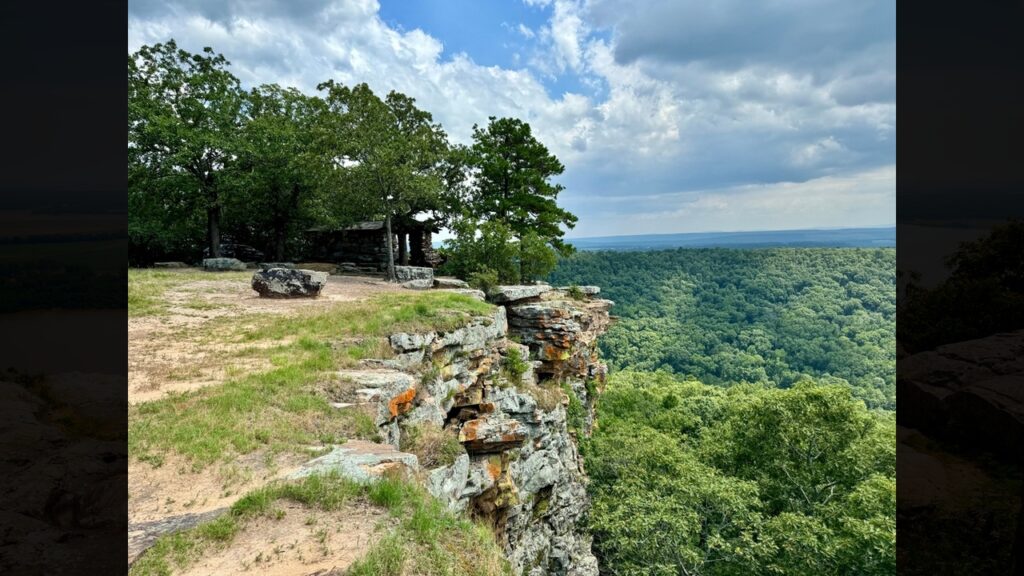
Dr. Hardison’s Sixteen-Year Fight for Petit Jean
In 1907, a doctor named T. W. Hardison had a simple idea that changed Arkansas forever.
While hiking Petit Jean Mountain with lumber bosses who said the land was too hard to log, Hardison thought: why not keep the trees standing and make a park instead?
The lumber company liked his plan, but getting it done took 16 years of work. First, he tried for national park status and got shot down.
Then, he turned to the state. His push paid off when Arkansas created its very first state park in 1923.
Today, Petit Jean State Park stands as the birthplace of a system that now spans the entire state.
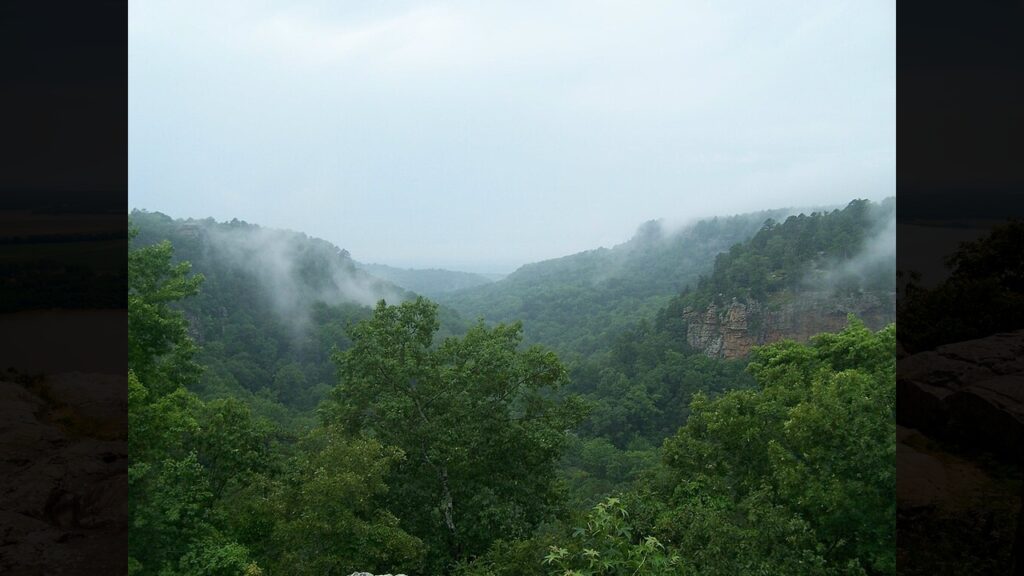
A Lumber Company Tour Sparked Arkansas’s First State Park
Dr. T. W. Hardison walked with Fort Smith Lumber Company officials in April 1907, exploring Petit Jean Mountain’s rough terrain.
While hiking through Seven Hollows near Natural Bridge, company bosses talked about how costly it would be to cut trees on the steep, rocky land. Hardison got an idea as he listened.
He thought the trees “might as well be left alone by axe and saw, and the area turned into a park. ” The lumber company liked his idea and agreed to set aside the area.
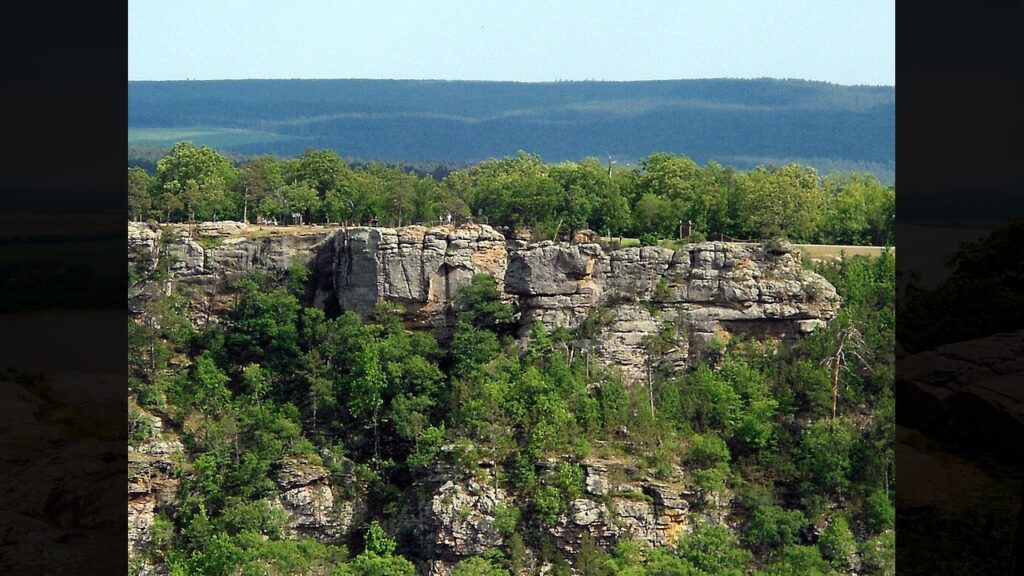
The Mountain Doctor Made Petit Jean His Home
Dr. Hardison worked as a doctor for Fort Smith Lumber Company at Fowler Mill near Adona since 1906.
He found more than just work on Petit Jean Mountain – he met teacher Julia Alma Hutto and married her in November 1907. They had their only child in 1908.
When the mill closed in 1909 after cutting all the easy-to-reach timber, the Hardisons stayed.
They built a home on top of Petit Jean Mountain in 1910, deepening their bond with the land Hardison would fight to protect.
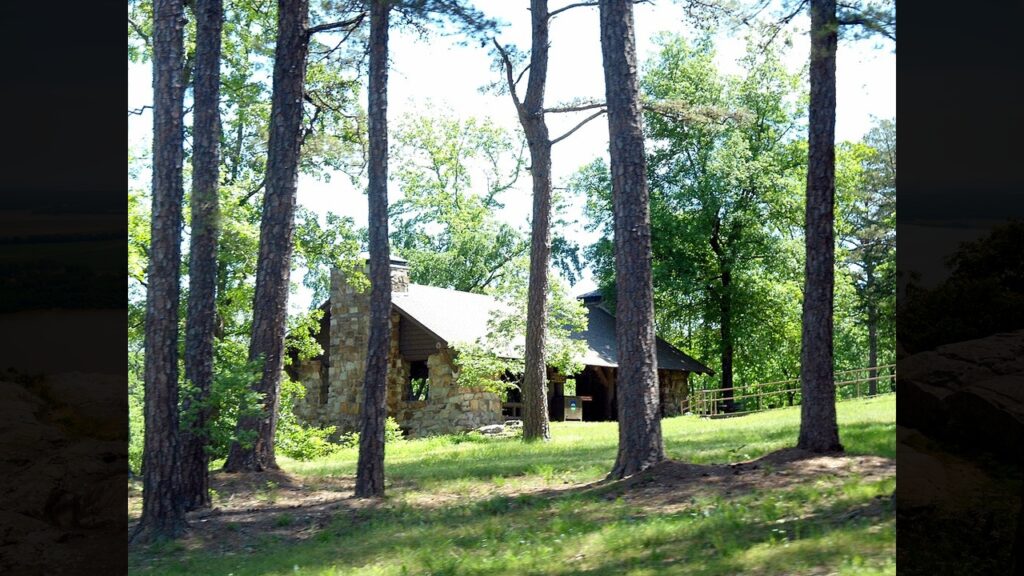
Fourteen Years of Fighting for Federal Protection
Hardison started a long fight to turn Petit Jean Mountain into a national park.
His work gained steam in 1921 when Fort Smith Lumber Company sent him a letter saying they were ready to give the land “whenever the government would accept it.
” The company kept its word from that 1907 meeting, telling their boss to leave Seven Hollows untouched. Hardison now had both a plan and a willing land giver, but convincing the federal government proved much harder.
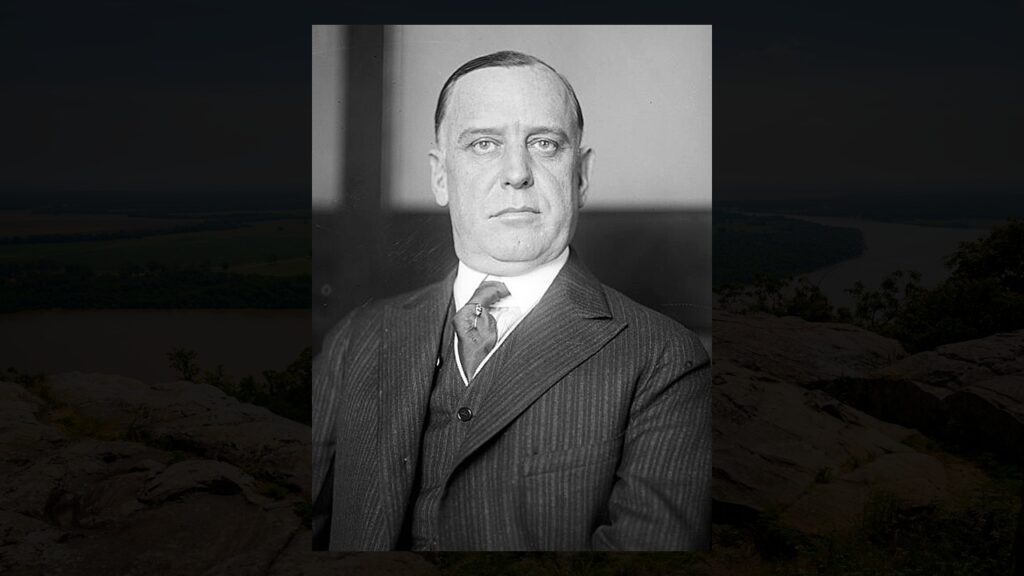
A Congressman Joins the Cause
Getting political help was key for Hardison’s national park dream. He got U.S. Representative Henderson M. Jacoway of Arkansas to back the project. Jacoway brought a bill to Congress in 1921 to create Petit Jean National Park.
The bill went to the Committee on Public Lands for review.
With the bill moving forward, Hardison got ready to make his case directly to the people who ran the National Park Service.
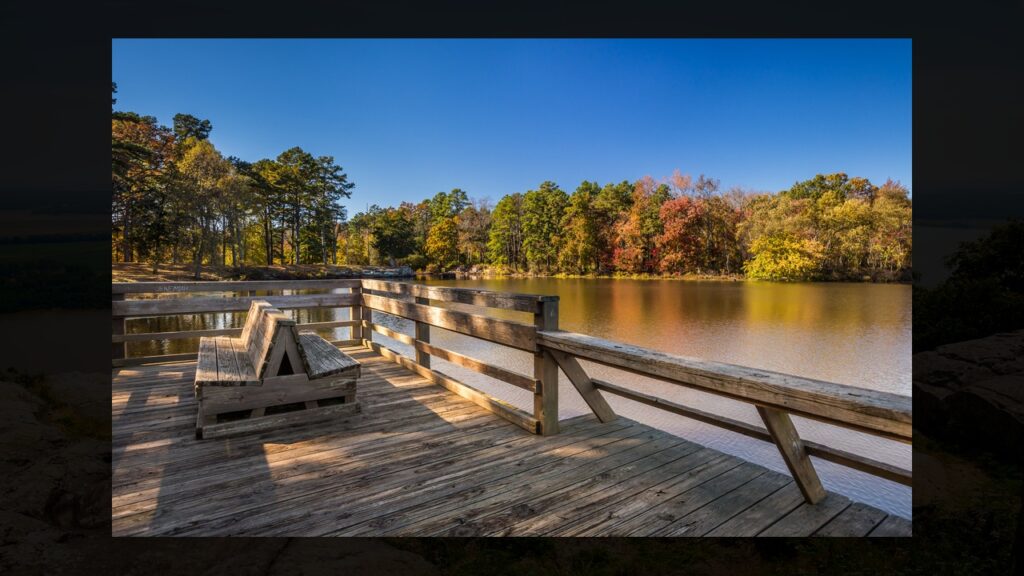
Face-to-Face with the Park Service Director
Hardison traveled to Washington D. C. to meet with National Park Service Director Stephen Mather. He brought photos, maps, and strong points for a two-hour meeting.
Mather looked at everything and agreed the area was pretty. But beauty alone wasn’t enough.
The director found Petit Jean Mountain lacked the national importance needed for federal status.
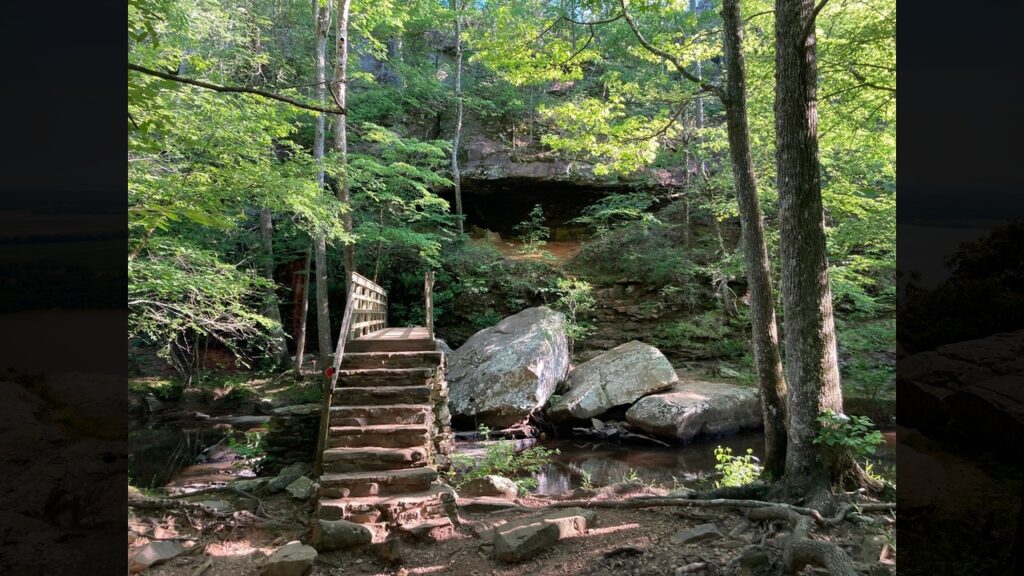
A New Challenge Changes Everything
Mather told Hardison the area was too small to justify the costs of building and running a national park. But instead of just saying no, he gave Hardison a new goal: create a state park system.
This tip completely changed Hardison’s plan. He took on the idea with energy and shifted his focus from federal to state-level protection.
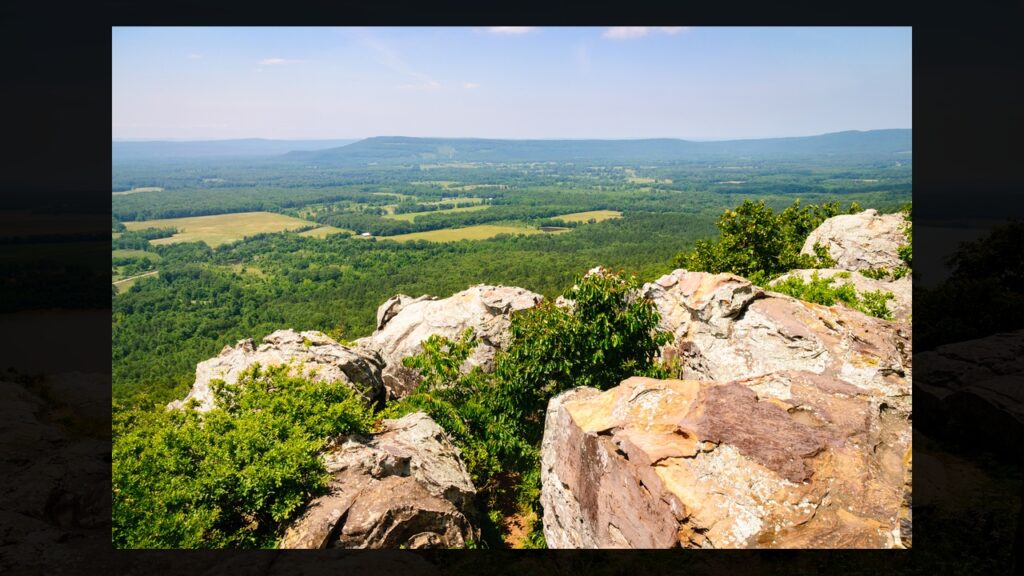
The Governor Offers a Glimmer of Hope
Hardison took Mather’s advice and went to the Arkansas Legislature in 1923 with his state park plan. He met with Governor Thomas C. McRae, whom he had known most of his life since they came from nearby hometowns. After hearing Hardison’s pitch, the governor spoke briefly with his secretary.
McRae then turned to Hardison with hopeful words, telling him to “go home and rest easy.
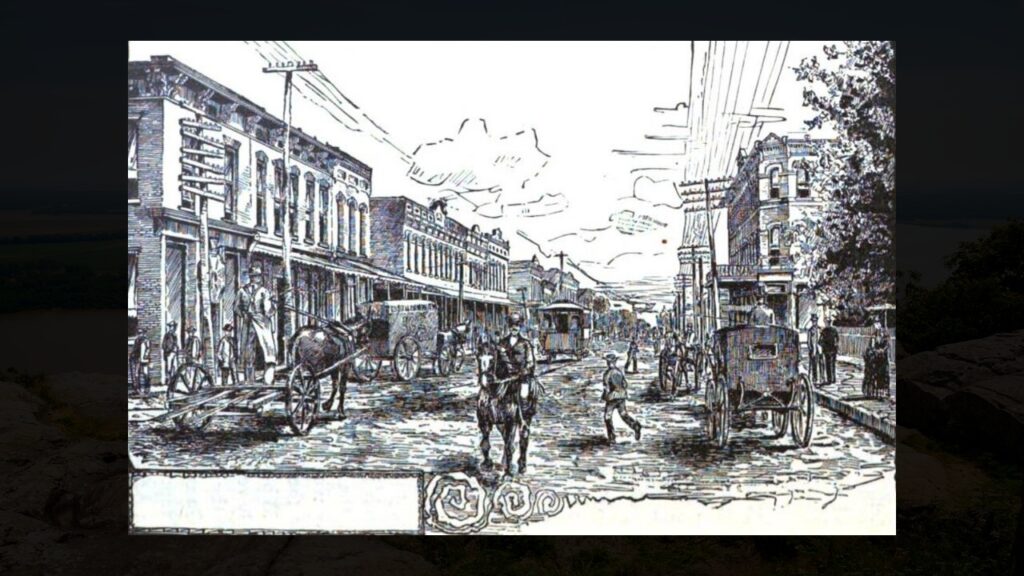
Local Citizens Step Up When Corporate Support Wavers
Fort Smith Lumber Company’s board got cold feet when they learned the land would become a state park rather than a national park. Their doubts almost killed the whole project.
Then eight men from Morrilton and Pine Bluff saved the day by giving 80 acres around Cedar Falls. These locals made sure Hardison’s plan could move ahead despite the company’s change of heart.
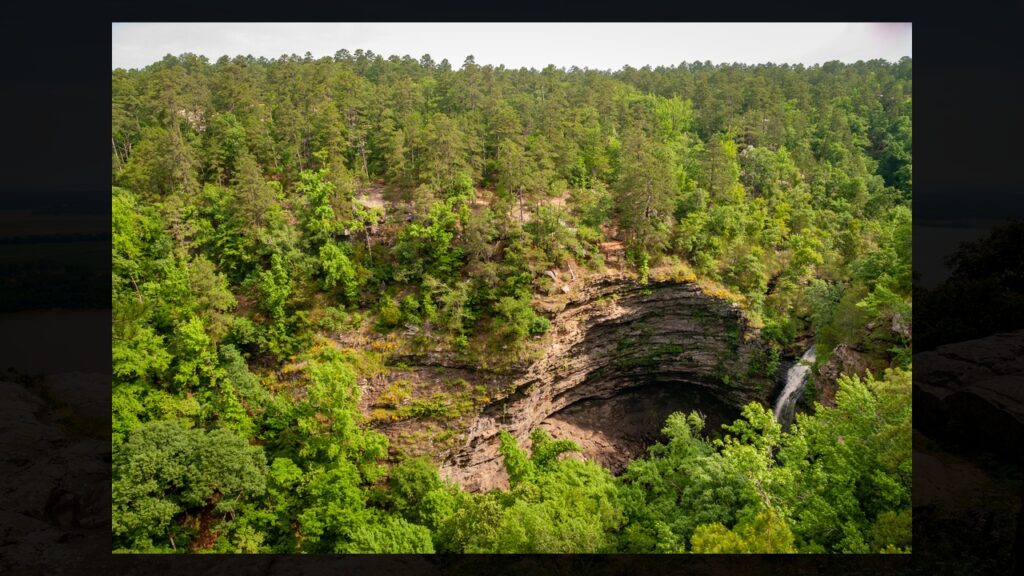
The Bill Sails Through the Legislature
Representative W. B. Webb brought House Bill 873 to the Arkansas Legislature on February 21, 1923. The bill created rules for taking land gifts for state parks.
Lawmakers quickly saw the value of Hardison’s idea.
The bill passed through both houses on March 1, 1923, without a single no vote, showing full support for creating Arkansas’s first state park.
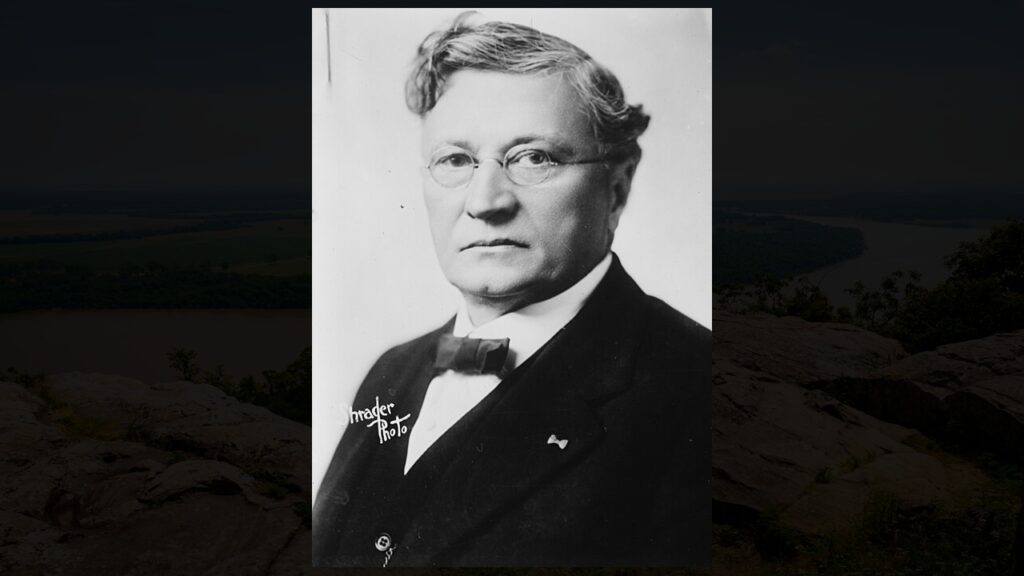
The Governor’s Signature Makes History
Governor Thomas C. McRae signed House Bill 873 into law as Act 276 of 1923.
The new law let the state land commissioner accept donated land for Petit Jean park. This signature did more than create one park, it built the legal base for the entire Arkansas State Park System.
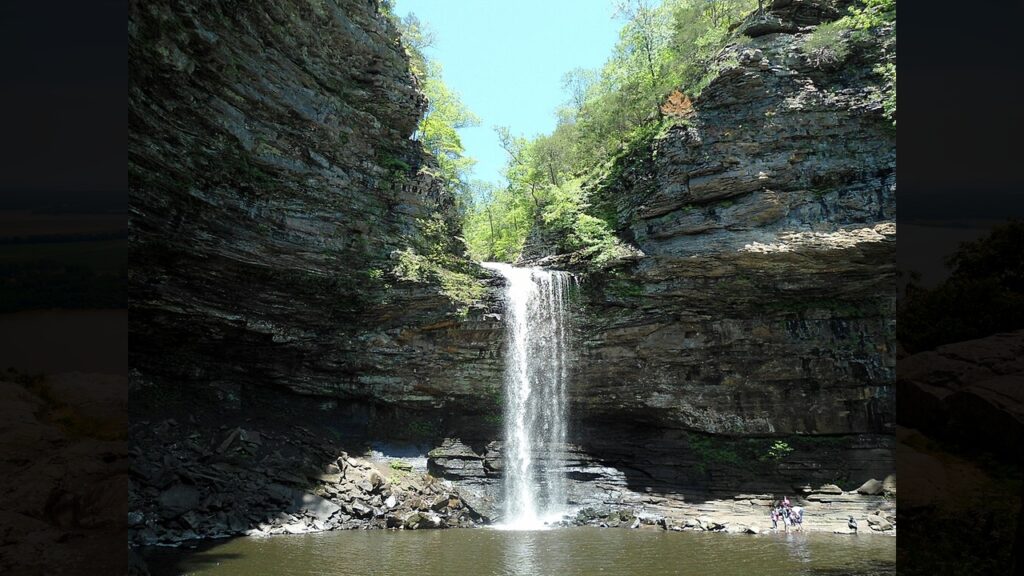
Sixteen Years of Persistence Pays Off
The first 80 acres around Cedar Falls became official on September 10, 1923, marking the birth of Arkansas’s first state park.
Fort Smith Lumber Company eventually came around and donated additional land after their board approved the state park plan.
Hardison’s sixteen-year journey from a chance observation in Seven Hollows to creating Arkansas’s first state park established the blueprint that would guide the development of every state park that followed.
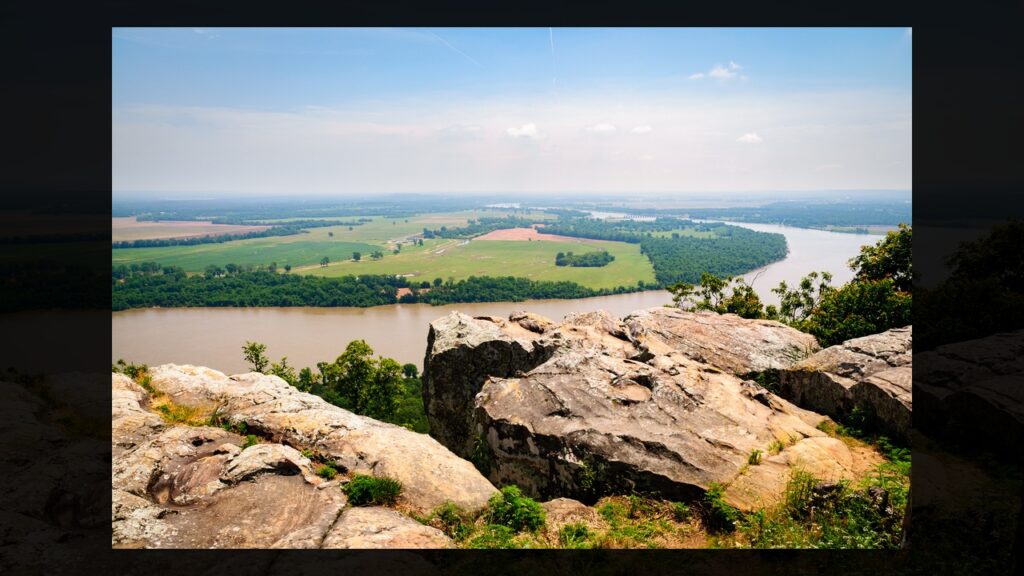
Visiting Petit Jean State Park, Arkansas
You can visit Petit Jean State Park at 1285 Petit Jean Mountain Road in Morrilton for free with no entrance or parking fees. The visitor center opens daily from 8 a.m. to 5 p.m. and has a bronze statue of Dr. Hardison outside.
Walk the Seven Hollows Trail to see Natural Bridge, where Hardison got his idea in 1907 to save the trees from logging and create Arkansas’s first state park in 1923.
This article was created with AI assistance and human editing.
Read more from this brand:
John Ghost is a professional writer and SEO director. He graduated from Arizona State University with a BA in English (Writing, Rhetorics, and Literacies). As he prepares for graduate school to become an English professor, he writes weird fiction, plays his guitars, and enjoys spending time with his wife and daughters. He lives in the Valley of the Sun. Learn more about John on Muck Rack.


Walk the Seven Hollows trail where one doctor’s eavesdropping saved Arkansas forests

The forgotten Alaska connection to Seattle’s groundbreaking 3.7 million visitor World’s Fair

The moment America officially fractured in two is remembered at this Alabama star

Meet the blind teacher who defied politicians and built West Virginia’s first disability school in Romney

Why did it take 17 years and one stubborn Ohioan to build this WWII memorial?

12 Reasons Why You Should Never Ever Move to Florida

Best national parks for a quiet September visit

In 1907, Congress forced Roosevelt to put God back on U.S. coins. Here’s why.

The radioactive secret White Sands kept from New Mexicans for 30 years

America’s most famous railroad photo erased 12,000 Chinese workers from history
Trending Posts

 Pennsylvania3 days ago
Pennsylvania3 days agoHere Are 12 Things People from Pennsylvania Do That Seem Insane To Everyone Else
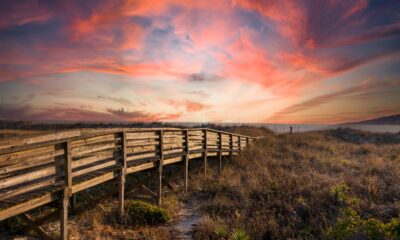
 North Carolina4 days ago
North Carolina4 days agoHere Are 12 Things People from North Carolina Do That Seem Insane To Everyone Else
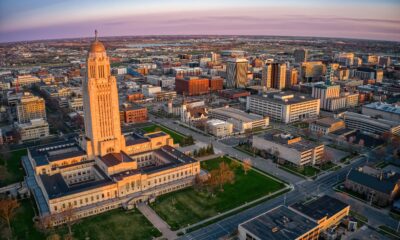
 Nebraska6 days ago
Nebraska6 days agoHere Are 12 Things People from Nebraska Do That Seem Insane To Everyone Else
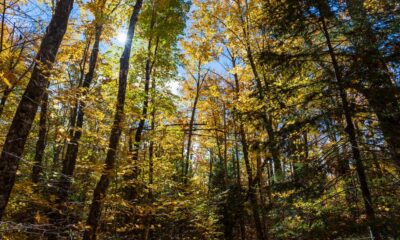
 Maine5 days ago
Maine5 days agoThe ruins of a town that time forgot are resting in this Maine state park

 New York4 days ago
New York4 days agoHere Are 12 Things People from New York Do That Seem Insane To Everyone Else
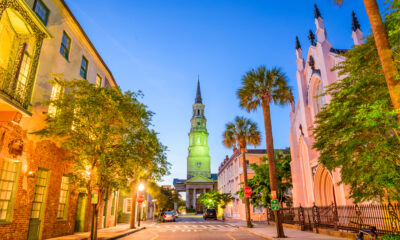
 South Carolina2 days ago
South Carolina2 days agoHere Are 12 Things People from South Carolina Do That Seem Insane To Everyone Else

 Ohio4 days ago
Ohio4 days agoHere Are 12 Things People from Ohio Do That Seem Insane To Everyone Else
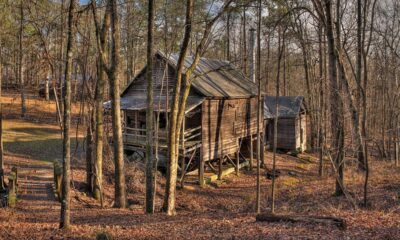
 Georgia5 days ago
Georgia5 days agoThis plantation’s slave quarters tell Georgia’s slowest freedom story
